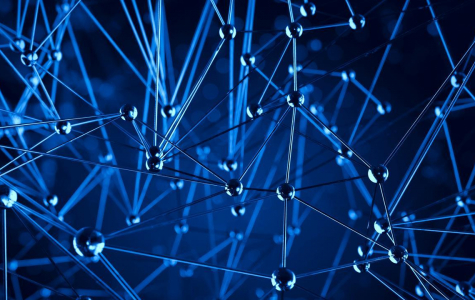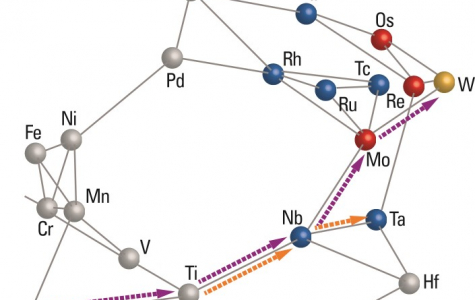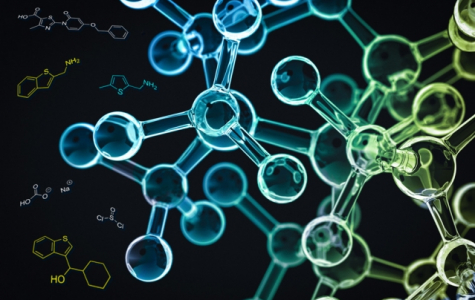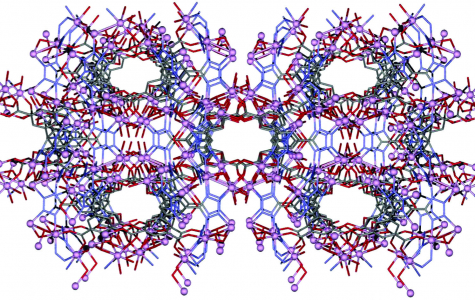-
Our ML toolkit has been now been released. An easy-to-use GUI has been developed to reduce the time it takes to build prototypes for ML models as well as experiment with various feature extraction methods available. Further, plug-and-play-style interactions for the different blocks associated with a typical ML pipeline via a graphical representation with directed edges make the GUI intuitive to use and easy to learn.
-
The Alloy Design Foundry provides a set of tools for materials design The Alloy Design Foundry provides a suite of analytical tools for accelerating the design of new materials. These tools are unique in that they integrate considerations of both underlying physics and materials science with the complexity of data science. We demonstrate the use of a wide variety of approaches including Natural Language Processing, Manifold Learning, Graphics Recognition, Set Theory, and Data Driven Microscopy for chemical design.
-
The 2019 competition on chart data extraction has concluded. Visit here for details. Automatically extracting data from charts is a key step in understanding the intent behind a chart which could lead to a better understanding of the document itself. We have organized a competition composed of a series of 6 sub-tasks for chart data extraction, which when put together as a pipeline go from an input chart image to a CSV file representing the data used to create the chart.
-
New version of ChemML, a library for data analysis specialized on chemical datasets has been released here. ChemML brings together several fingerprint extraction libraries like Magpie, RDKit, Dragon and machine learning libraries like sklearn, Keras into a single package and with our web-based toolkit can be used to design and run custom data processing tasks.
-
View our Metal organic frameworks (MOF) database visualized using manifold learning of Hirshfield Surfaces here. Typical MOF databases are high-dimensional and sparse that pose a challenge in extracting the key features and trends that could guide the process of MOF discovery. To address this issue, we develop a library of MOF fingerprints based on their geometric and chemical bonding interactions. Such fingerprints are computational ready to be analyzed with various machine learning methods.
Materials Data Engineering Laboratory at UB
The Materials Data Engineering (MaDE) laboratory is a collaborative effort between the Materials Design and Innovation (MDI) department, the Center for Unified Biometrics and Sensors (CUBS) and the Center for Computational Research (CCR) at the University at Buffalo (UB). It is funded by the National Science Foundation (NSF) as part of the Data Infrastructure Building Blocks (DIBBs) program within the Cyberinfrastructure Framework for 21st Century Science and Engineering (CIF21) initiative.
Primary Goals
Our mission is to develop a machine learning framework for materials scientists to accelerate the discovery of advanced materials. This framework would comprise of several synergistic building blocks that enable materials scientists to quickly design and develop, more efficient materials with the help of materials data, machine learning models and high performance computing resources. These building blocks include tools for document and image processing to extract experimental information from handbooks, journals etc.; utilizing existing materials data in several online repositories; applying different machine learning models to find unique insights; comparing their performance in terms of predicting properties; visualization of results to better understand physical phenomena.







